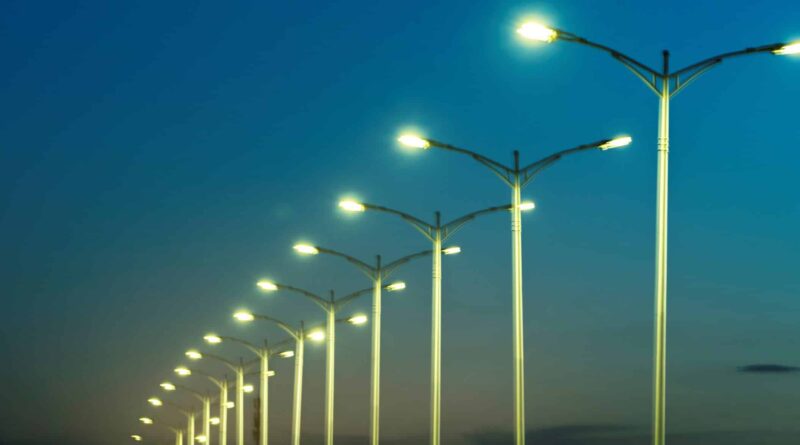“Shedding Light on LED Street Lights: A Deep Dive into Their Common Quality Challenges”
Introduction to LED Street Lighting
LED (Light Emitting Diode) street lights have revolutionized urban lighting by offering energy-efficient, long-lasting, and environmentally friendly alternatives to traditional street lighting. They are increasingly adopted worldwide due to their numerous benefits, including reduced energy consumption and lower maintenance costs. However, as with any technology, LED street lights come with their own set of challenges.
Quality Challenges in LED Street Lights
- Heat Dissipation Issues: One of the most significant challenges with LED street lights is managing the heat they generate. Effective heat dissipation is crucial for maintaining the lifespan and efficiency of LEDs. Poor heat management can lead to overheating, which can significantly reduce the life expectancy of the LED and degrade its performance over time.
Light Pollution: LED street lights can led street lights to light pollution if not designed properly. The intensity and direction of the light need to be carefully considered to minimize glare and light trespass. Poorly designed LED lighting can lead to skyglow, disrupting ecosystems and affecting human health.
- Color Rendering Index (CRI) and Blue Light Emission: The quality of light, in terms of color rendering, is essential for visual comfort and safety. Lower CRI can result in poor color differentiation. Additionally, the blue light emitted by some LEDs can disrupt sleep patterns in humans and impact wildlife.
- Durability and Reliability Issues: While LEDs are generally more durable than traditional lighting, they can still face reliability issues. Factors such as moisture, temperature fluctuations, and electrical surges can impact the performance and longevity of LED street lights.
- Flickering and Stroboscopic Effects: Poorly manufactured or damaged LED lights can cause flickering, which is not only irritating but can also have health implications like headaches and eye strain. Stroboscopic effects can create safety hazards, particularly for drivers and pedestrians.
Overcoming the Challenges
- Innovative Heat Management Solutions: Advancements in heat sink designs and materials are essential to improve heat dissipation. Incorporating materials with high thermal conductivity and designing LED fixtures for optimal airflow can significantly mitigate this issue.
- Design and Installation Standards: Implementing strict design and installation standards can reduce light pollution. This includes using lights with appropriate luminance levels, shielding, and directional lighting to ensure light is distributed only where needed.
- High CRI and Controlled Blue Light Emission: Manufacturers are increasingly focusing on producing LEDs with higher CRI and controlled blue light emission. This not only improves visual comfort but also reduces the potential negative impact on human health and the environment.
- Enhanced Durability and Reliability: Rigorous testing standards and quality control measures can enhance the durability and reliability of LED lights. Using high-quality materials and components can also reduce the likelihood of failure due to environmental factors.
Addressing Flickering Issues: Adopting quality drivers and ensuring proper electrical connections can mitigate flickering issues. Regular maintenance and inspections can also help identify and led street lighting fixtures any problems before they become significant.
The Future of LED Street Lighting
The future of LED street lighting looks promising, with continuous advancements in technology addressing many of the current challenges. Innovations in LED technology are leading to more efficient, reliable, and human-centric lighting solutions. As the technology evolves, the focus is also shifting towards smart lighting systems that can be integrated with other urban infrastructure, providing a more sustainable and adaptive lighting solution for modern cities.
Conclusion
While LED street lights offer numerous benefits over traditional lighting, addressing their quality challenges is crucial for maximizing their potential. Through ongoing research, development, and implementation of standards, the future of LED street lighting is bright, promising a more energy-efficient, cost-effective, and environmentally friendly lighting solution for our streets.




